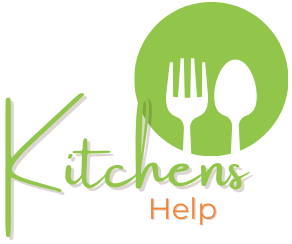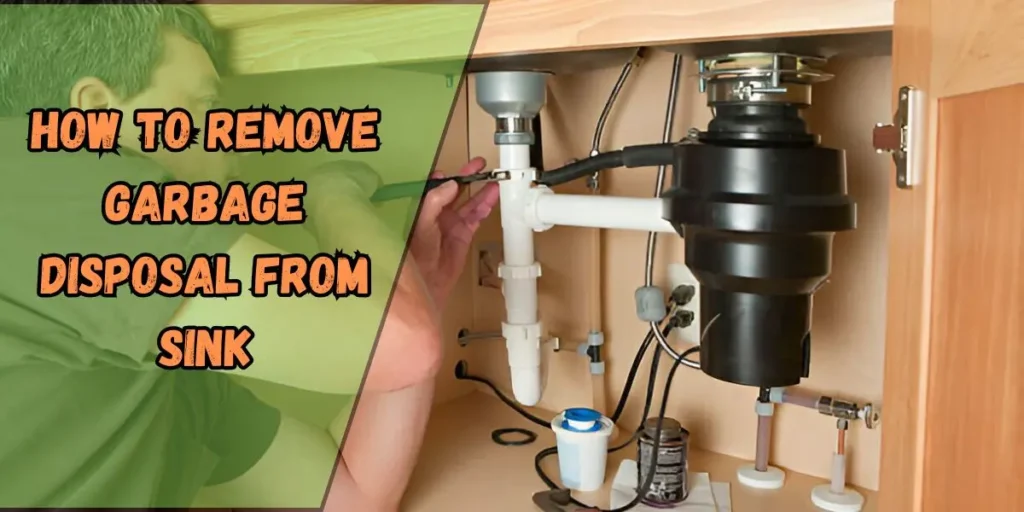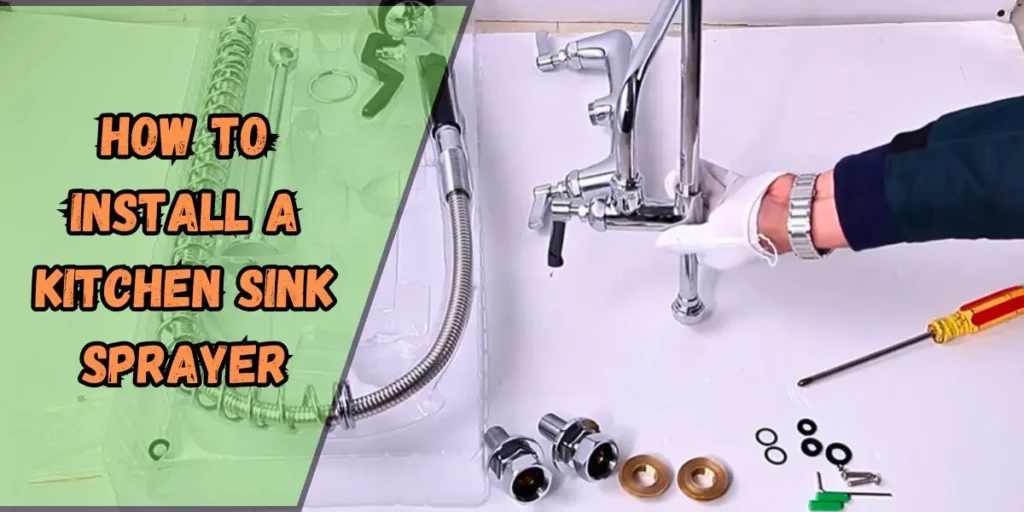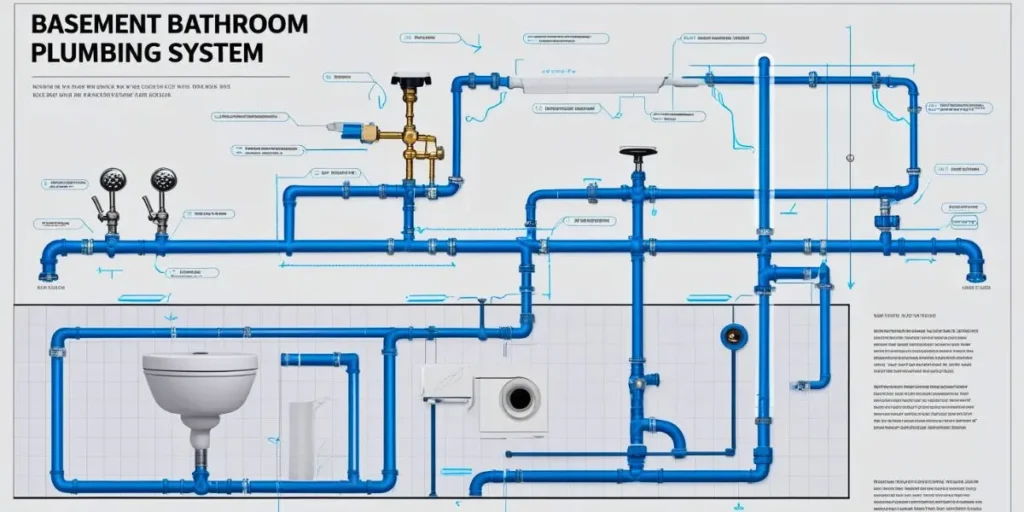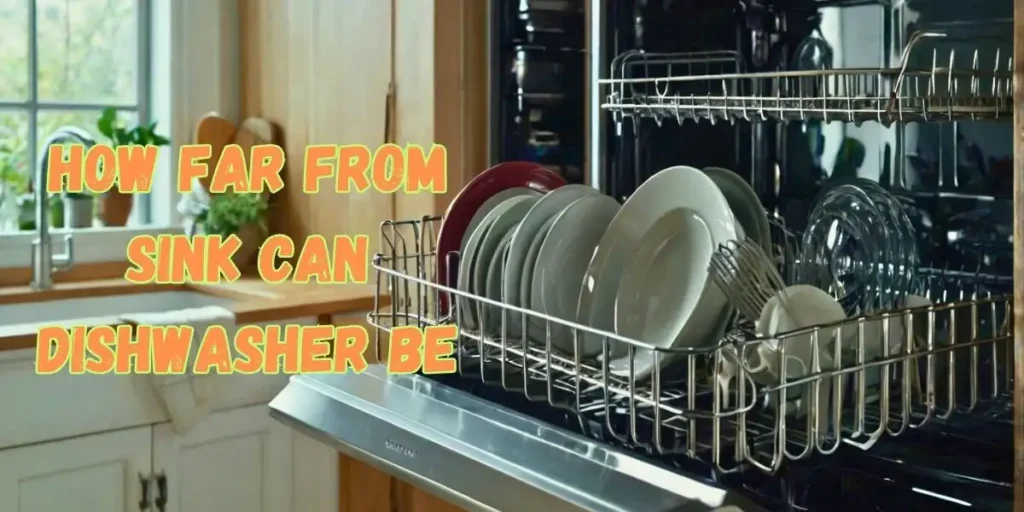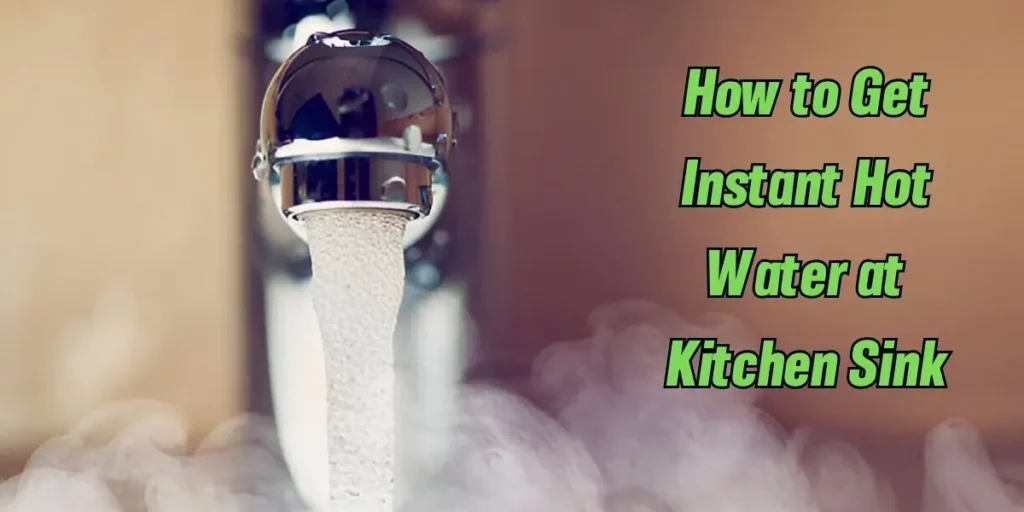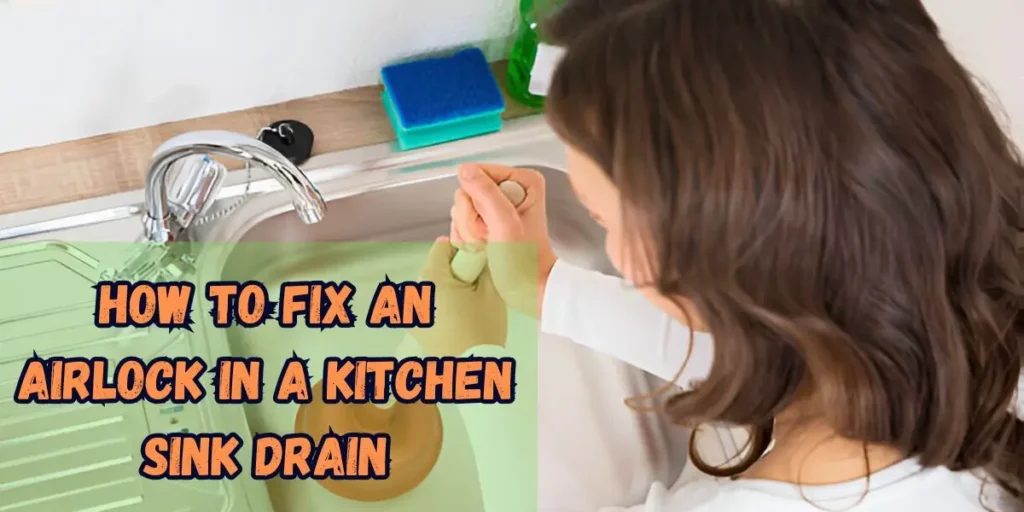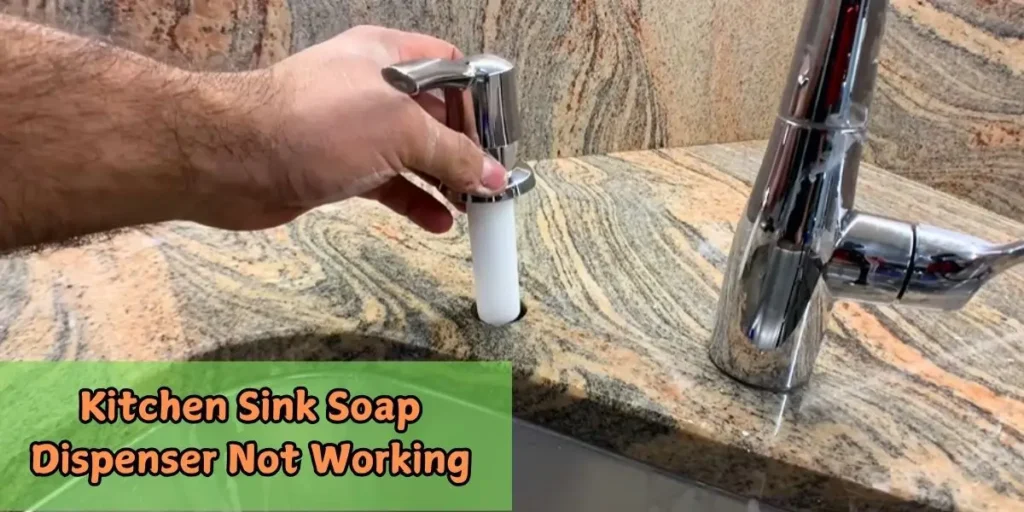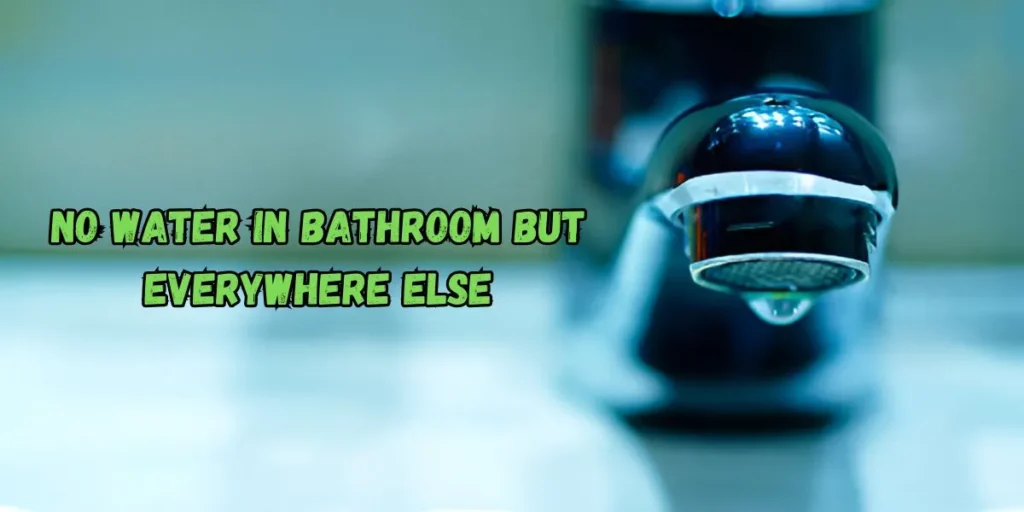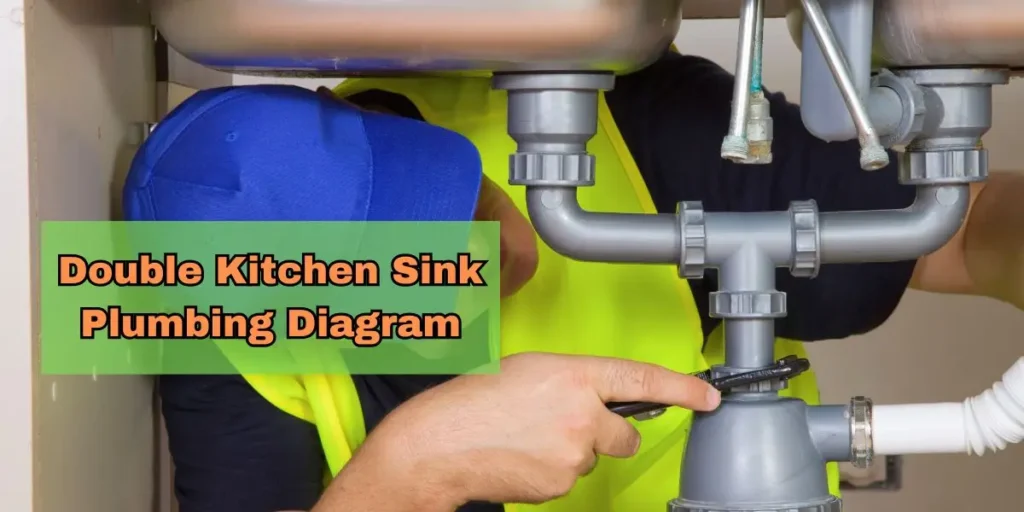Kitchen Sink Drains into Yard: Causes, Solutions
Do you know a kitchen sink drains into your yard could lead to big problems? When wastewater does not drain as required, such as into your yard, it can cause many problems. Learning about drainage problems is key to protecting your yard and home.
Yard drainage is how water moves and is managed in your outdoor space. Good drainage means that water won’t pool or ruin your yard. On the other hand, kitchen wastewater is the water that usually leaves your sink and contains grease, food particles, and soap. When this wastewater seeps into your yard, it can pollute the soil, kill plants, and even pose health threats.
Addressing these problems promptly is essential for your home and the environment. An effective drainage system ensures cleanliness and safeguards your property while conserving water by managing excess water. This guide will explain the importance of fixing drainage issues and how to solve them successfully.
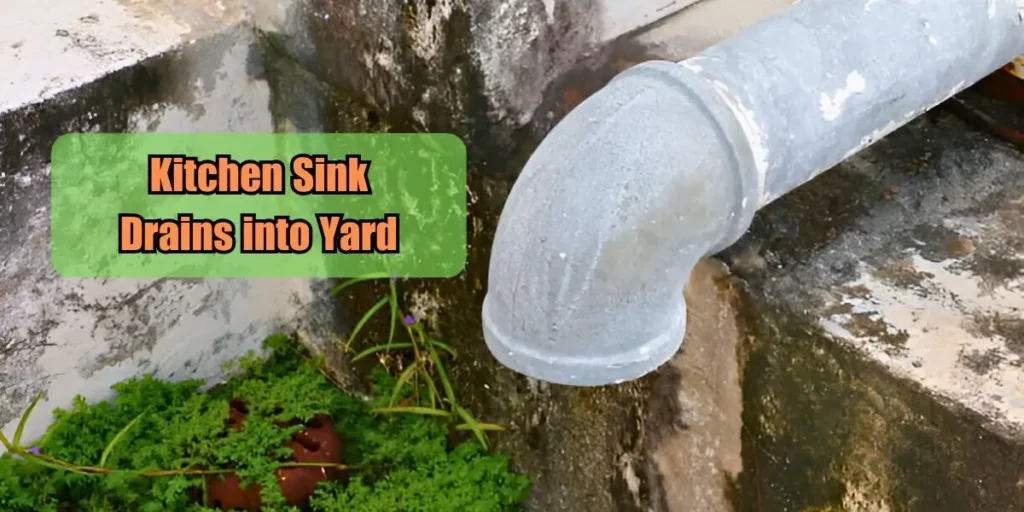
Understanding Kitchen Sink Drainage
Kitchen sink drainage is something most of us don’t think about until there’s a problem. But understanding how it works can help you avoid future issues and keep things running smoothly.
How Are Kitchen Sinks Typically Drained?
When you use your kitchen sink, the water flows down the drain and through a system of pipes. This water, known as kitchen wastewater, contains food scraps, grease, and soap residue. It travels through your plumbing system to a municipal sewer line or a septic tank. Proper drainage ensures that wastewater is carried away quickly and doesn’t return to your home.
However, if the pipes are clogged or damaged, the water may not drain. It can sometimes flow into your yard, causing drainage problems. This can create standing water, foul odors, or even attract pests.
The Role of Outdoor Plumbing Systems
Outdoor plumbing systems are key in managing kitchen wastewater. These systems connect the indoor pipes to the more extensive drainage network. If outdoor plumbing isn’t installed correctly or becomes blocked, wastewater can leak into the yard, damaging it and harming the environment.
Regular maintenance of outdoor plumbing systems is essential. Cleaning the pipes, checking for leaks, and ensuring proper connections can prevent costly repairs. A well-maintained system keeps your kitchen drainage working perfectly and avoids yard drainage problems.
Common Issues with Kitchen Sink Drains
Kitchen sink drains are essential, but they can face problems over time. Understanding these issues can help you fix them quickly and avoid more significant headaches. Let’s explore some of the most common issues.
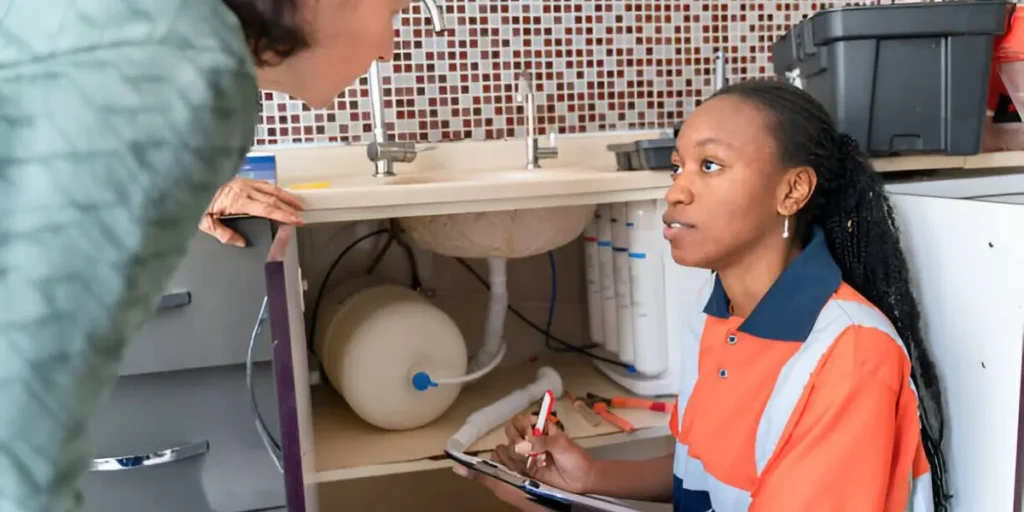
Sink Overflow Issues
One of the most frustrating problems is sink overflow, which occurs when the water in your sink doesn’t drain properly. The leading causes include clogged pipes, grease buildup, or food particles blocking the drain. When this happens, water can spill over, creating a mess in your kitchen.
Overflowing sinks can also damage your cabinets, flooring, and even walls. If ignored, they can lead to mold growth and bad smells. That’s why it’s so important to fix these issues early. Regularly cleaning your sink and avoiding pouring grease or food scraps down the drain can prevent overflows.
Drainage Problems
Drainage problems go beyond the kitchen. If your sink’s plumbing connects to outdoor plumbing systems, issues like blockages or broken pipes can cause water to back up. Sometimes, this water may flow into your yard, leading to poor landscaping drainage.
Water pools in your yard can damage your landscaping, attract pests, and create muddy areas. Poor drainage can also weaken your home’s foundation if left unaddressed.
To avoid these problems, ensure your outdoor plumbing systems are well-maintained. Clean your pipes regularly, and inspect your drainage system for cracks or leaks. Proper maintenance keeps your sink and yard drainage working efficiently.
Environmental Impact of Draining Kitchen Wastewater into the Yard
Draining kitchen wastewater into your yard may seem harmless, but it can have serious environmental consequences. Understanding how it affects local ecosystems and why proper drainage practices, like yard drainage, are essential.
Effects on Local Ecosystems
Kitchen wastewater contains food particles, grease, soap, and chemicals. When this water flows into your yard, it can contaminate the soil and nearby water sources.
Harmful substances in the wastewater can kill plants, damage grass, and disrupt the balance of the ecosystem. Over time, this contamination can seep into the groundwater, which many communities rely on for drinking water.
Also, improper drainage can create standing water, attracting pests like mosquitoes. These pests can spread diseases and make your yard unusable. Poor drainage can also lead to erosion, damaging your yard and nearby areas.
Importance of Water Conservation in Drainage Practices
Proper yard drainage systems are crucial for protecting your yard and the environment. These systems ensure that wastewater is directed safely away from your yard, preventing contamination. Regular maintenance of outdoor plumbing systems can help avoid leaks and blockages leading to water pooling in your yard.
Adopting sustainable practices can also make a difference. For example, you can use kitchen wastewater for irrigation in non-edible landscaping areas instead of wasting it. This promotes landscaping drainage while conserving water.
Managing kitchen wastewater can protect your yard, local ecosystems, and the broader environment. Small changes in drainage practices can significantly impact the health of our planet.
Drainage Solutions for Yards
Yard drainage is essential for maintaining a healthy and safe outdoor space. Poor drainage can lead to water pooling, soil erosion, and damage to your home’s foundation. If your yard is struggling with drainage problems, understanding the right solutions can save time, money, and stress. Let’s explore some practical ways to fix yard drainage issues.
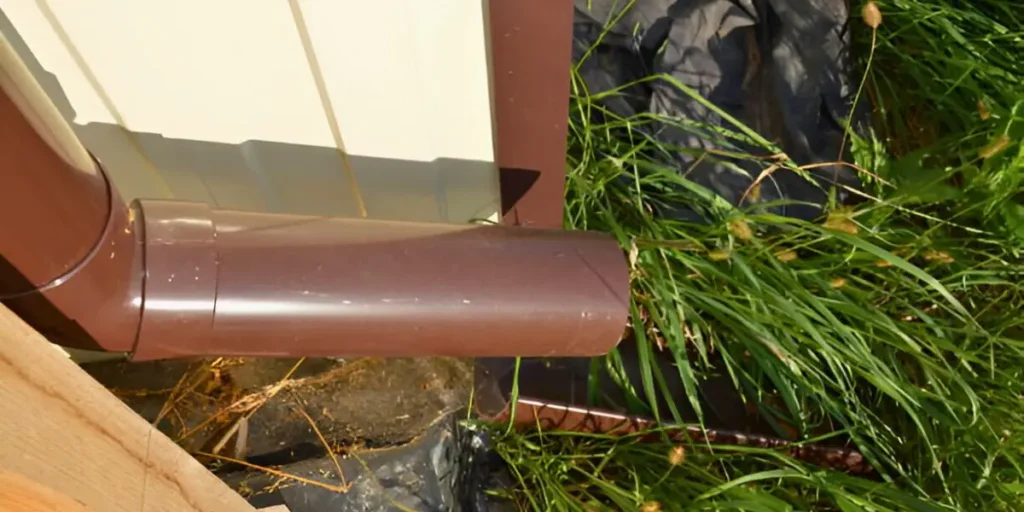
Drainage Installation
The first step to solving yard drainage problems is proper drainage installation. There are several types of drainage systems designed to handle excess water:
- French Drains are gravel-filled trenches and pipes that collect and redirect water. They are ideal for areas with persistent water pooling.
- Channel Drains: These work well for driveways and patios, where water tends to collect and needs to be carried away.
- Dry Wells: A dry well allows water to seep into the ground slowly, preventing immediate runoff and supporting groundwater management.
Choosing the right system depends on your yard’s unique needs. Hiring professionals for drainage installation ensures the job is done correctly and lasts for years.
Landscaping Drainage
Your yard’s landscaping plays a key role in managing water flow. Landscaping drainage solutions can prevent water from collecting in problem areas:
- Grading: Adjusting your yard’s slope ensures water flows away from your home and doesn’t pool.
- Permeable Surfaces: Replace concrete or asphalt with porous materials that allow water to soak into the ground.
- Plant Selection: Use water-tolerant plants in areas prone to pooling. Their roots absorb water and prevent erosion.
Drainage Alternatives and Maintenance
If an entire system isn’t necessary, there are drainage alternatives you can try, such as installing gutters or extending downspouts to direct water away from your yard. Regular drainage repair is also crucial to keep systems functioning. Inspect pipes, clear debris, and address cracks or leaks as soon as they appear.
The Role of Irrigation Systems
Integrating irrigation systems with yard drainage can help balance water distribution. Smart irrigation ensures plants get enough water without creating excess runoff. It’s an effective solution for maintaining a healthy yard while managing kitchen wastewater or rainwater.
Alternatives to Direct Drainage into the Yard
Directly draining kitchen wastewater into your yard can cause problems like contamination, foul odors, and environmental harm. Thankfully, there are drainage alternatives that can help you manage wastewater more effectively while protecting your yard and the environment. Let’s explore these options and understand how regulations play a role.
Drainage Alternatives
Instead of letting kitchen wastewater flow directly into your yard, you can use more innovative innovative solutions:
- Septic Systems: A properly installed septic system collects and treats wastewater, keeping it away from your yard.
- Greywater Systems: These systems reuse kitchen wastewater for non-drinking purposes, such as watering plants. This promotes water conservation while reducing waste.
- Dry Wells: A dry well collects wastewater and allows it to seep into the ground, preventing runoff or slow pooling.
- Plumbing Adjustments: Extending or redirecting pipes to connect to municipal sewer lines ensures wastewater is disposed of safely.
These alternatives not only protect your yard but also improve the overall efficiency of your drainage system.
Understanding Plumbing Codes and Regulations
Before implementing any solution, following local plumbing codes and sewage guidelines is essential. Many areas have strict rules about how kitchen wastewater should be handled to prevent environmental damage. For example, untreated sewage may not drain into outdoor spaces.
Hiring a professional for drainage installation ensures compliance with these regulations. A licensed expert can design a system that meets local codes and prevents legal or environmental issues.
Maintaining a Healthy Drainage System
A well-functioning drainage system protects your home and yard from water damage. Regular maintenance is key in managing kitchen wastewater or ensuring proper yard drainage. Neglecting your drainage system can lead to clogs, flooding, and even long-term damage to your property. Let’s understand why proper care is essential and how to maintain a healthy drainage system.
The Importance of Regular Maintenance
Regular maintenance prevents minor issues from turning into big problems. Over time, dirt, grease, and debris can build up in your drainage system, causing blockages. For instance, kitchen wastewater often contains grease and food particles that may clog pipes. Without regular cleaning, these blockages can result in slow drains, foul odors, or even wastewater backing up into your home.
Poor drainage in your yard can cause water to collect, leading to soil erosion, pest problems, and plant damage. You can avoid standing water and keep your landscaping healthy by maintaining yard drainage.
Drainage Repair and Conservation
When problems arise, timely drainage repair is crucial. Cracked pipes, leaks, or damaged outdoor drainage systems can worsen over time if ignored. Fixing these issues promptly ensures your system works efficiently.
Adopting water-friendly practices promotes conservation. Clean and maintain your system regularly to avoid wasting water. To save resources, consider reusing treated water for irrigation.
Tips for Healthy Drainage Systems
- Inspect drains and pipes regularly for clogs or damage.
- Avoid pouring grease or large food scraps into the sink.
- Clean outdoor drains of leaves, dirt, and debris.
- Hire professionals for thorough inspections and repairs.
Water Conservation and Sustainable Solutions
Water is a precious resource, and managing it wisely is essential for the environment and your home. Many sustainable solutions promote conservation while solving drainage issues, whether kitchen wastewater or yard drainage. Let’s explore how to maximize diverted water and reduce waste.
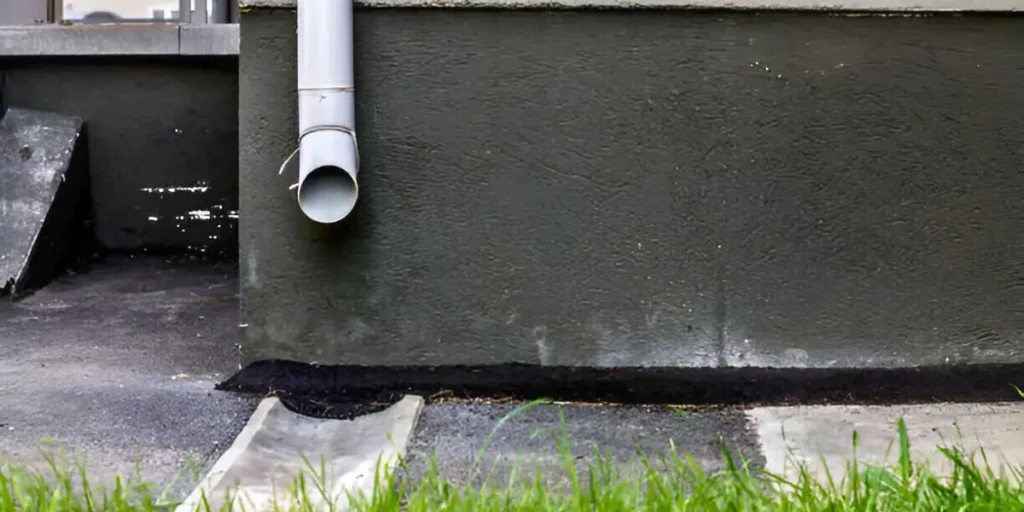
Repurposing Diverted Water for Irrigation
Water can be used for irrigation instead of wasting it. Installing irrigation systems that utilize diverted water from your home is an innovative and eco-friendly solution. For example, filtered water from kitchen sinks (greywater) can be reused to water non-edible plants or grass. This reduces water waste and keeps your yard healthy and green.
Drip irrigation and sprinkler systems connected to diverted water sources are great options for conserving water. They ensure that plants get the water they need without overwatering or runoff.
Using Rain Barrels and Water Collection Systems
Rain barrels are an excellent way to collect and store rainwater for later use. They’re easy to install and can be connected to your home’s gutter system. The collected water can be used for gardening, cleaning, or other outdoor tasks.
Other systems, like underground water tanks or dry wells, can store excess water while helping manage yard drainage. These solutions prevent water pooling and allow controlled use of stored water to promote conservation.
Promoting Sustainability and Reducing Waste
Sustainable practices like reusing water and managing drainage effectively can reduce waste and create a healthier environment. Simple steps, like repurposing water for irrigation or using rain barrels, can minimize dependency on freshwater supplies and lower water bills.
Related post: Can You Replace a Kitchen Sink Without Replacing the Countertop
How to Clean a Kitchen Sink: Expert Tips for a Sparkling Finish
How to Fix a Leaking Sink Drain: Quick and Easy Solutions
How to Insulate Under Kitchen Sink Expert’s 10 Tricks
8 Tips For Apartment Kitchen Sink Backup
DIY vs. Professional Help
Fixing drainage issues is essential to protect your home and yard from damage. Whether it’s yard drainage or handling kitchen wastewater, deciding between DIY and professional help can be tricky. Knowing when to take matters into your own hands and when to call an expert is key to solving the problem effectively.
When Can You Fix Drainage Problems Yourself?
Simple drainage problems are often safe to handle on your own. For example:
- Clearing debris from outdoor drains or gutters.
- Installing a rain barrel to collect water for conservation.
- Adjusting your yard’s slope slightly to guide water away from your home.
DIY solutions are cost-effective and perfect for minor issues. They’re also great for promoting sustainability, such as reusing collected rainwater for irrigation. However, to avoid worsening the problem, you must fully understand the problem before attempting repairs.
When to Call a Professional
Some drainage problems are too complex or risky for DIY fixes. Professional help is necessary for the following:
- Installing or repairing complex drainage systems, such as French drains or underground pipes.
- Severe yard drainage issues, like persistent flooding or standing water.
- Handling damaged pipes or clogged systems connected to kitchen wastewater.
Professionals ensure the job is done correctly and comply with local codes, especially if permits are required. Their expertise can also prevent costly mistakes.
Cost Comparison: DIY vs. Professional Help
DIY solutions are cheaper upfront, as you only pay for materials and tools. Installing a rain barrel or clearing a clogged drain costs little. However, if mistakes are made, the repair costs can add up.
Professional services are more expensive but offer long-term benefits. Experts provide quality work, saving you money on future repairs.
By understanding the problem and choosing the right solution, you can maintain a healthy drainage system while promoting conservation and protecting your property.
Conclusion
Proper yard drainage and kitchen Sink Drain wastewater management are essential for maintaining a safe and healthy home. Throughout this blog, we’ve discussed how drainage problems can harm your yard, damage your property, and even affect the environment. You can avoid costly repairs and protect your home by addressing these issues promptly.
We explored several solutions, from DIY fixes to professional help, highlighting the importance of sustainable practices like water reuse and conservation. Whether installing an efficient drainage system or using rain barrels to collect water, these steps solve drainage issues and promote eco-friendly living.
Ignoring drainage problems can lead to more significant issues, such as flooding, soil erosion, or contamination. Therefore, it is crucial to take action now. Assess your drainage needs, follow the tips, and seek professional assistance.
By acting today, you can protect your yard and home and contribute to a more sustainable future. Make smart choices and enjoy a healthier, greener outdoor space!
FAQs: Kitchen Sink Drains into Yard
Yes, it’s harmful. Kitchen wastewater contains grease, food particles, and chemicals that can damage soil, harm plants, pollute groundwater, and create unsanitary conditions in the yard.
Your sink may drain into the yard due to outdated plumbing or damaged drainage systems. Older homes sometimes have improper setups, which are unsafe and non-compliant with modern standards.
It can lead to soil contamination, foul odors, pest infestations, and water pooling. Over time, it may also cause health hazards and violate local plumbing regulations.
You can fix it by connecting the sink to a proper sewer or septic system. A licensed plumber can ensure the work is safe and meets regulations.
In most areas, it’s not allowed. Plumbing codes typically require kitchen wastewater to connect to municipal sewage or septic systems to prevent contamination and environmental damage.
Yes, but it must be treated first. Greywater systems filter wastewater, allowing it to be safely reused to irrigate non-edible plants. Never use untreated kitchen wastewater directly.
Prompt repairs prevent environmental damage, yard contamination, and legal issues. Delaying fixes can lead to costly repairs, health risks, and long-term harm to your property and surroundings.
Related Posts
-
 03 Jan 2025 SinkLearn How to Remove Garbage Disposal From Sink 2025
03 Jan 2025 SinkLearn How to Remove Garbage Disposal From Sink 2025 -
 03 Jan 2025 SinkHow to Install a Kitchen Sink Sprayer in Simple Steps 2025
03 Jan 2025 SinkHow to Install a Kitchen Sink Sprayer in Simple Steps 2025 -
 30 Dec 2024 RemodelSimple & Effective: Basement Bathroom Plumbing Diagram
30 Dec 2024 RemodelSimple & Effective: Basement Bathroom Plumbing Diagram -
 30 Dec 2024 SinkHow Far from Sink Can Dishwasher Be? Key Facts Explained
30 Dec 2024 SinkHow Far from Sink Can Dishwasher Be? Key Facts Explained -
 29 Dec 2024 SinkHow to Get Instant Hot Water at Kitchen Sink
29 Dec 2024 SinkHow to Get Instant Hot Water at Kitchen Sink -
 28 Dec 2024 SinkHow to Fix an Airlock in a Kitchen Sink Drain: A Step-by-Step Guide
28 Dec 2024 SinkHow to Fix an Airlock in a Kitchen Sink Drain: A Step-by-Step Guide -
 27 Dec 2024 SinkKitchen Sink Soap Dispenser Not Working? Here’s How to Fix It
27 Dec 2024 SinkKitchen Sink Soap Dispenser Not Working? Here’s How to Fix It -
 26 Dec 2024 SinkKitchen Sink Drains into Yard: Causes, Solutions
26 Dec 2024 SinkKitchen Sink Drains into Yard: Causes, Solutions -
 26 Dec 2024 SinkNo Water in Bathroom but Everywhere Else: Expert's Solutions
26 Dec 2024 SinkNo Water in Bathroom but Everywhere Else: Expert's Solutions -
 26 Dec 2024 SinkDouble Kitchen Sink Plumbing Diagram: A Visual Guide
26 Dec 2024 SinkDouble Kitchen Sink Plumbing Diagram: A Visual Guide
